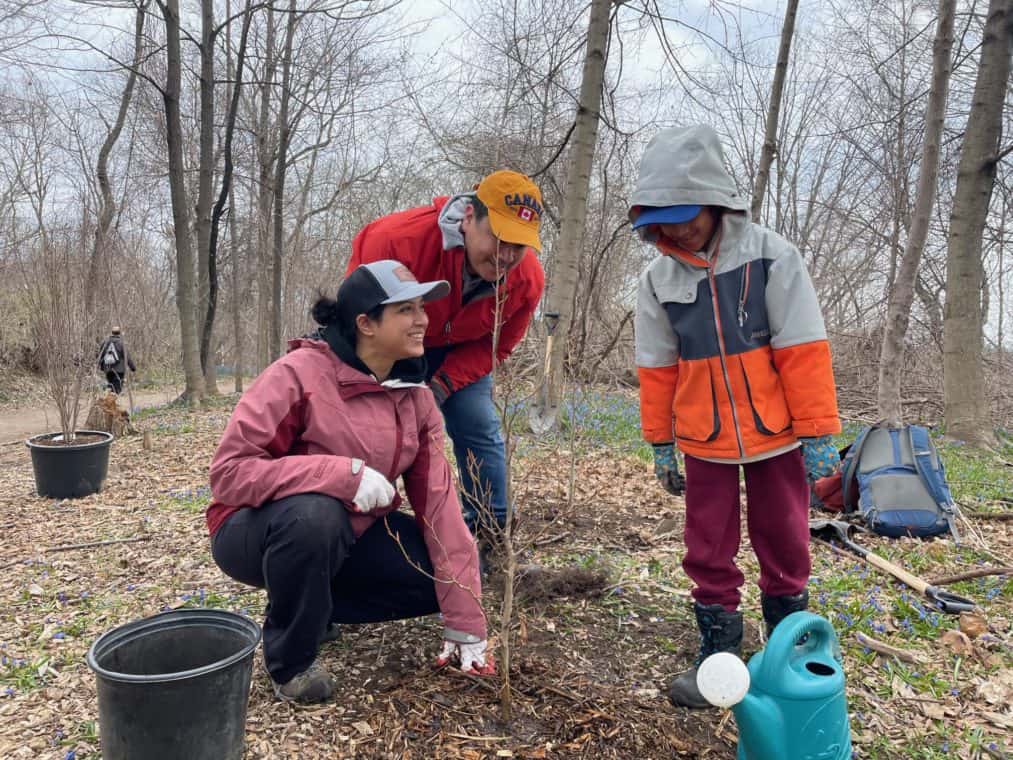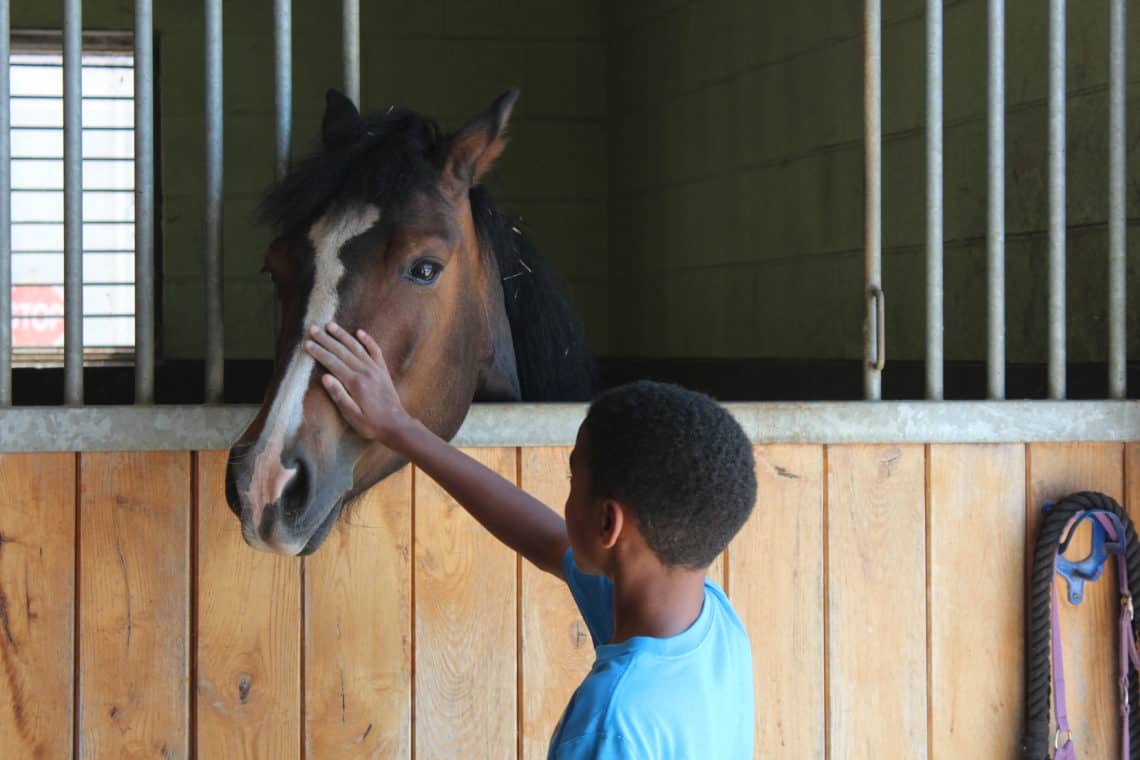The Ontario Trillium Foundation was formed in 1982 to provide grants to social service organizations in Ontario communities. Funded by the Ontario government, it began with a $15-million budget that has since grown to more than $100 million in funding across the non-profit sector. The Philanthropist Journal digs into the changes and challenges experienced by OTF on its 40th anniversary.
This year, the Ontario Trillium Foundation (OTF) – which has aided in building Ontario’s non-profit sector since its founding in 1982 – will mark its 40th anniversary. What started as $15 million in funding has grown to more than $100 million per year, solidifying the foundation as a key player in Canada’s non-profit landscape.
In this two-part series, The Philanthropist Journal – which is itself celebrating 50 years of reporting on the sector – acknowledges this milestone by examining the influence OTF has had on the non-profit landscape, both from the perspective of OTF leadership and the organizations it works with.
What is OTF?
OTF is an agency of the provincial government. It receives its funding from the Ministry of Tourism, Culture and Sport and the Ministry of Children, Community and Social Services. Currently, OTF is the largest public grantmaker in Canada.
“We’re a unique funding organization,” says OTF CEO Katharine Bambrick. “There isn’t any other of its kind in Canada in terms of government funding going through a foundation and providing grants into communities.”
OTF is a unique funding organization. There isn’t any other of its kind in Canada in terms of government funding going through a foundation and providing grants into communities.
Katharine Bambrick, Ontario Trillium Foundation
The foundation is governed by a volunteer board of directors. Directors are appointed by the province of Ontario and are tasked with delivering on OTF’s founding documents and overseeing the operations of the organization. Its work is supported by more than 300 volunteer grant-review team members who offer support throughout the grant application process.
The allocation of grants is determined by OTF’s Investment Strategy. To receive funding, grantees must contribute to the foundation’s overall mission: to sustain and create vibrant communities in Ontario.
Successive Ontario governments have been really good at enabling [OTF] to operate as a neutral player, not a partisan entity.
Blair Dimock, OTF
Throughout its four decades, OTF’s relationship with the provincial government has been relatively stable, regardless of political leadership. “There are some things that are … too important to be political about,” says Blair Dimock, vice-president of partnerships and measurement at OTF. “And so, successive Ontario governments have been really good at enabling [OTF] to operate as a neutral player, not a partisan entity.”

OTF: Then and now
Originally called the Trillium Foundation, OTF was created in 1982 with the goal of supporting social services organizations in Ontario. Its funds were generated through Ontario’s lottery and casino activities. At the time, the province wanted to demonstrate that money was flowing into local communities.
While OTF’s roots were relatively modest, the foundation has grown beyond its original mandate.
Robin Cardozo was appointed CEO in 1999 amid a particularly transitional time for the foundation. When he joined, OTF underwent a substantial expansion from a $15-million budget to a $100-million budget – and with the larger budget came a larger pool of potential grantees. Alongside the social services sector – with which OTF already had a strong relationship – the foundation expanded its mandate to include arts and culture, the environment, and sports and recreation.
It’s rare to have a granting program that has such a strong local community presence that’s on the ground.
Robin Cardozo
In addition to an expanding mandate, the number of OTF staff increased considerably to emphasize local grantmaking. “It’s rare to have a granting program that has such a strong local community presence that’s on the ground … [a program that understands] that the needs in Thunder Bay are different than Windsor or different from the needs in Ottawa,” Cardozo says.
In 2015, OTF further refined its granting approach to ensure that grants aligned with specific areas of impact and outcomes.
Today, granting is organized around six specific action areas: supporting active lifestyles, connecting people, encouraging a sustainable environment, inspiring through arts and culture, supporting the development of children and youth, and enhancing the economic well-being of Ontarians.
Assessing need: A persistent challenge
Across 40 years of granting, an ongoing challenge for OTF has been assessing where and how funding should be allocated.
“Our challenge is always to manage the breadth of what we are expected to fund, to achieve some depth in terms of the impact that we’re having through our granting, and trying to remain responsive to the changing needs and the growing diversity of not just the province and communities but the non-profit sector itself,” says Dimock.
I’ve always been a believer that grantmaking is a combination of an art and science.
Robin Cardozo
Cardozo echoes this sentiment, acknowledging that making decisions and assessing need can be a complicated task. “I’ve always been a believer that grantmaking is a combination of an art and science … it’s not easy for those deciding whether or not a culture grant is more or less important than an environmental grant in a local region,” he says. “So, certainly making those decisions was challenging.”
Over 40 years, OTF has invested more than $2.6 billion into more than 28,000 grants. Last year alone, 5,325 applications were submitted to the foundation, equal to $508.5 million in grant requests. Ultimately, OTF invested $110.4 million across 1,374 grants.
Bambrick acknowledges that demand for grants remains very high: “For every $1 that we’re able to invest, we have requests for anywhere from $3 to $8,” she says.

Remaining flexible in changing times
Since its founding, OTF has prioritized flexibility to ensure that the needs of non-profits are met. “OTF has not remained static; it has continued to evolve, introduce new programs, and modify existing programs in response to changing needs in the community,” Cardozo says.
OTF’s pivoting around the COVID-19 pandemic is an apt example of its flexibility when supporting non-profits in need. Amid the pandemic, OTF established “some additional responsiveness given the challenges that COVID threw at the sector,” says Dimock.
Bambrick notes that the non-profit sector was especially affected by the pandemic because demand for services “skyrocketed at a time where some of the revenue sources declined.”
To be able to be that conduit between the government wanting to support communities and the foundation getting that money to organizations and projects that need it the most, for me, is just really, truly rewarding.
Katharine Bambrick
Looking back on 40 years of growth and evolution, OTF’s leaders express pride in their work and the organization’s impact. Asked about his time as CEO, Cardozo says he is “proud that we were able to achieve the credibility and have the impact that has helped to build the capacity of the sector.”
Bambrick expresses a similar sentiment: “To be able to be that conduit between the government wanting to support communities and the foundation getting that money to organizations and projects that need it the most, for me, is just really, truly rewarding.”
OTF’s leaders are undoubtedly proud of the work they have accomplished over the past four decades – but how has this work been received by those it serves? Next, The Philanthropist Journal will examine OTF’s impact on Ontario grassroots organizations, foundations, and the non-profit sector at large.

